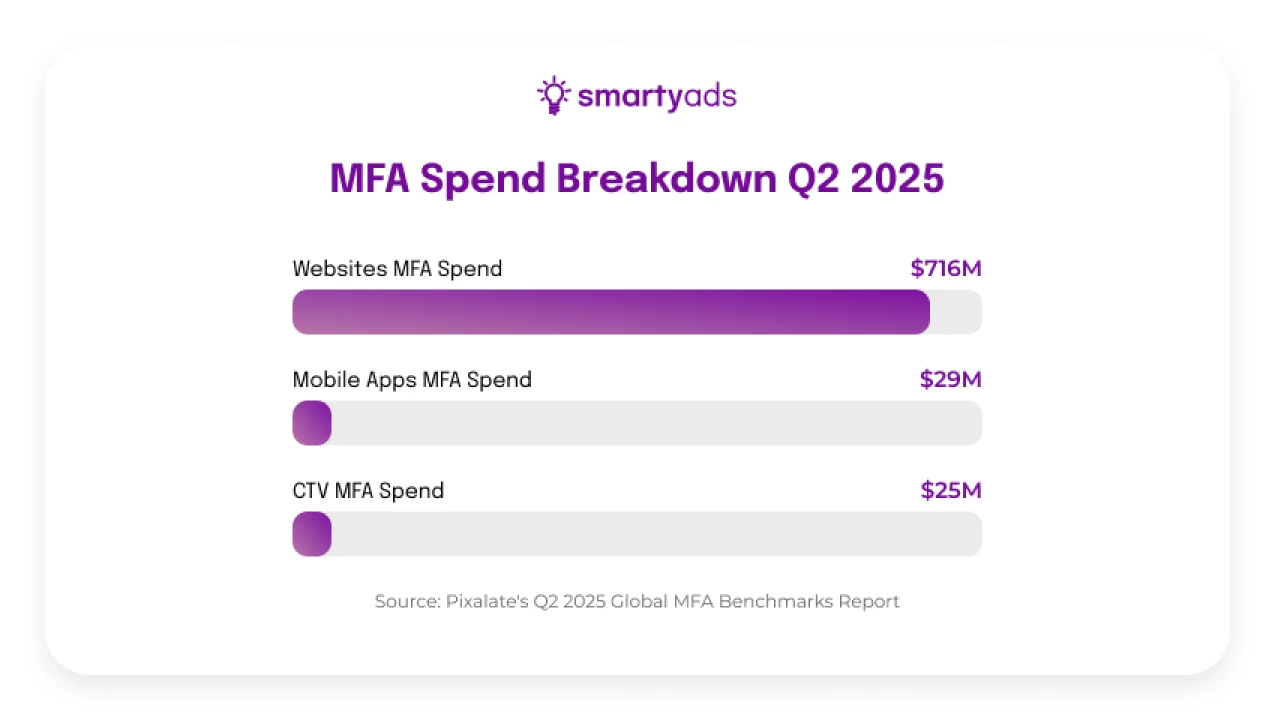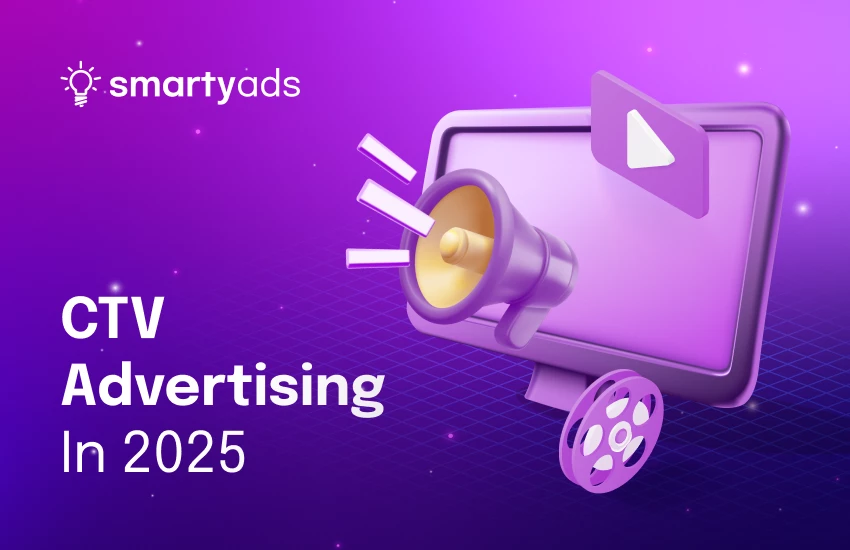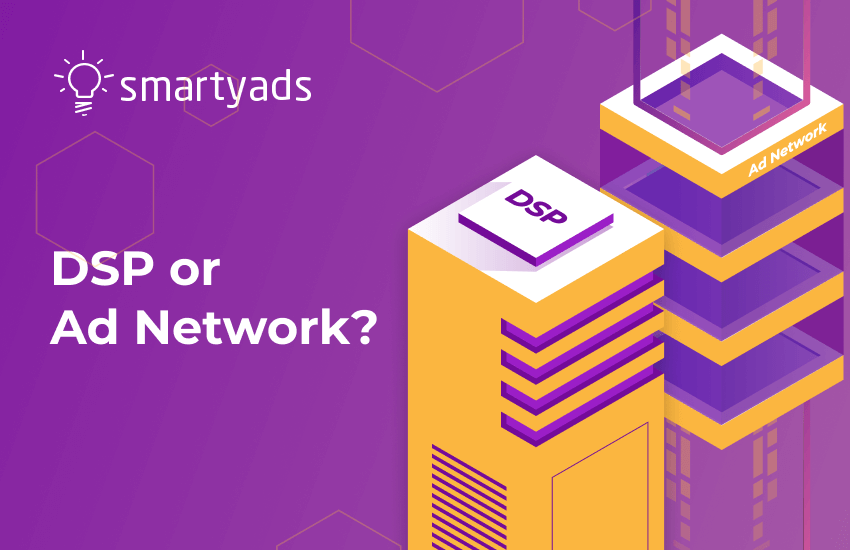If you're spending money on digital ads, you're probably losing more than you think. Here's how fake websites, hidden fees, and data blackouts are eating your budget—and what you can actually do about it.
Executive summary: the numbers that tell the story
Before we go deeper, here are three stats that highlight the state of programmatic advertising in Q2 2025:
- $26.8 billion was wasted worldwide due to inefficiencies.
- $716 million ended up on MFA sites.
- 46% of advertisers still don’t have full access to log-level data from their SSPs.
These aren’t just numbers—they show some of the biggest hurdles digital marketers face when trying to make campaigns truly effective.
The state of programmatic: a tale of two realities
Right now, the programmatic advertising industry is living through a big paradox. On one hand, the market is booming: the SSP segment alone is projected to hit $1.49 billion by 2033, growing steadily at nearly 10% CAGR. On the other hand, the industry is facing one of the biggest waste crises in digital advertising history.
But here’s where the opportunity lies: publishers who understand the risks, know how to navigate this environment, and partner with SSPs that prioritize quality are already securing a much larger share of legitimate ad spend flowing through the system.
The $26.8 billion problem
According to the latest ANA Q2 2025 Programmatic Transparency Benchmark, $26.8 billion in global media value was lost due to inefficiencies in the programmatic ecosystem. That's not a typo—billion with a 'B'. This represents money that never reached real consumers due to fraud, MFA sites, and supply chain inefficiencies.
What are made-for-advertising (MFA) sites
MFA sites are the digital equivalent of those multiple sketchy roadside billboards—they exist solely to capture ad dollars without providing real value to users or advertisers. These sites are engineered with one purpose: to generate ad impressions through tactics like:
- Arbitrage traffic: Buying low-cost clicks and trying to make money from them with ads.
- Auto-refreshing ads: Ads that keep refreshing automatically to make impression numbers look bigger.
- Misleading content: Clickbait headlines that don’t actually provide anything useful.
- Poor user experience: Sites overloaded with ads or slow to load, making it frustrating for visitors.
The MFA crisis: numbers that will shock you
This is where it really gets worrying. In Q2 2025, Made-for-Advertising (MFA) sites gobbled up a staggering $716 million in programmatic ad spend worldwide. To put that in perspective, that’s enough to fund several major brand campaigns—or even launch dozens of new startups.

MFA Spend Breakdown Q2 2025:
- Websites: $716M (93% of total MFA waste)
- Mobile apps: $29M (4% of total)
- CTV: $25M (3% of total)
Source: Pixalate's Q2 2025 Global MFA Benchmarks Report
The geography of waste: APAC's transparency crisis
In the APAC region alone, 88% of MFA spend flowed to domains with no disclosed country of origin. This isn't just inefficient—it's a red flag for transparency that should concern every marketer operating in the region.
The transparency problem: why your ssp choice is critical
Out of 39 advertisers in the study, only 21 had full access to log-level data. Put another way—almost half are making multi-million-dollar media decisions without really knowing where their money is going.
The data access crisis
When we talk about transparency, it’s not just about dashboards or charts. True transparency means actually being able to see the details that affect your campaigns:
Auction records: Full logs showing which auctions your ads participated in, what bids were placed, and whether you won or lost.
Cost breakdown: Clear details of what every company in the supply chain charges.
Site quality metrics: Concrete data on website traffic, content types, and how users engage.
Traffic verification: Reports highlighting non-human traffic, unusual click patterns, and other irregularities.
If your SSP can’t give you this level of detail, it’s like buying media with your eyes closed. Would you make any other business decision that way?
The SSP vetting process: what quality looks like
When you’re choosing an SSP, focus on those that prioritize prevention over cleanup. The best partners don’t just catch bad traffic after the fact—they stop it from ever entering the system in the first place.
Key indicators of a quality-focused SSP:
- Comprehensive site approval process: Every publisher undergoes a manual content review.
- Traffic quality scanners: Multiple layers of automated quality detection.
- Domain age requirements: New sites are automatically flagged and reviewed closely.
- Content compliance checks: Often audits of publisher content quality.
- Transparent rejection criteria: Clear guidelines on what gets approved vs. rejected.
A case study in quality: SmartyAds SSP approach
At SmartyAds SSP, for example, we have several steps for managing inventory:
- Manual review: Every site is checked by our team to make sure it meets our standards for content quality and user experience.
- Layered traffic scanning: Our automated systems catch risks, while human oversight adds another layer of protection.
- Domain maturity checks: New websites go through extended review periods before they’re approved.
- Ongoing monitoring: Even after approval, we continuously evaluate sites to ensure standards stay high.
Yes, our approval process takes a bit more time—but that extra care makes all the difference. Instead of wasting budget on questionable websites, your ads appear on verified, trustworthy inventory.
Why this matters for your campaigns: When an SSP invests in rigorous upfront vetting, you spend less time and money cleaning up your campaigns post-launch. The additional time invested in the approval process pays dividends in campaign performance and reduced waste.
Signs of progress: the silver lining
It's not all doom and gloom. There are genuine reasons for optimism. MFA spending has actually decreased from 15% in 2023 to 6.2% in 2024—a significant improvement that shows the industry is listening and adapting.
MFA spend reduction over time
Also, marketers are seeing an additional $79 per $1,000 in ad spend now reaching consumers—proof that when we focus on quality and transparency, everyone wins.
The Business Case for Change
Let's talk bottom line: if you're spending $1 million annually on programmatic, and even 10% is going to MFA sites, that's $100,000 literally down the drain. Factor in other inefficiencies, and you could easily be losing 20-30% of your media budget. The cost of implementing better transparency practices? A fraction of what you're currently losing.
Key takeaways
- $26.8 billion was wasted in Q2 2025 due to programmatic inefficiencies—this represents real money that could drive business results.
- MFA sites consumed $716 million in ad spend, but the good news is that MFA waste has decreased from 15% to 6.2% year-over-year.
- 46% of advertisers lack full data access—if you're in this group, you're flying blind with your media investments.
- SSP choice matters more than ever—demand log-level data, transparent fees, and proactive fraud protection.
- Quality over quantity wins—it's better to reach fewer people with verified, high-quality impressions than to chase vanity metrics.
The world of programmatic advertising is changing fast, but one thing hasn’t: transparency is what drives results. The real question is, which side of that line are you on?
Wondering how to put these strategies into action? Or thinking it’s time to review your current setup? Publishers who join our ecosystem not only tap into premium demand but also gain the peace of mind that comes with transparent reporting, proactive traffic vetting, and long-term campaign trust—ensuring their inventory attracts advertisers who value quality over quick wins.
If you're looking for an SSP partner that embodies the transparency principles discussed in this article, consider exploring SmartyAds SSP.




